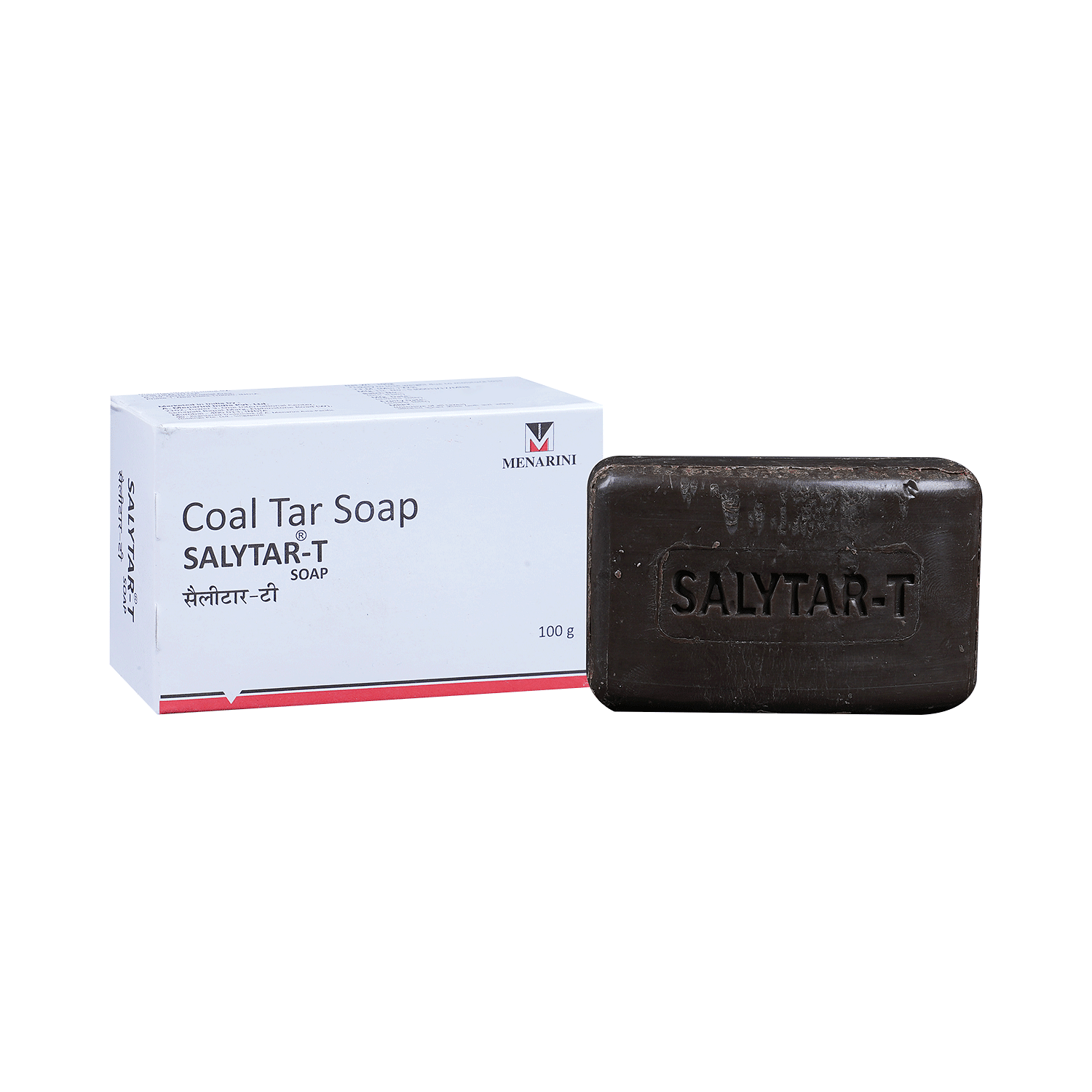

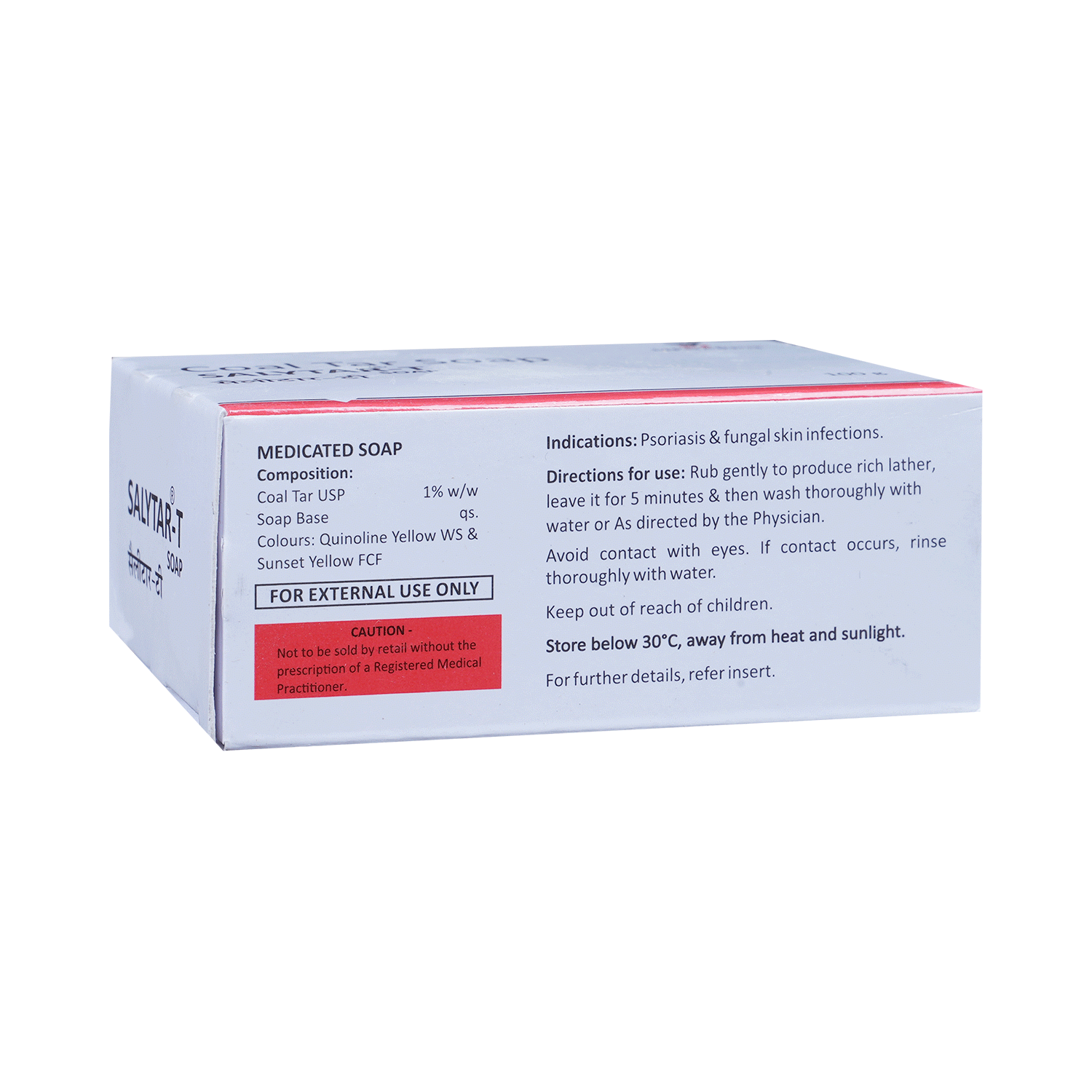
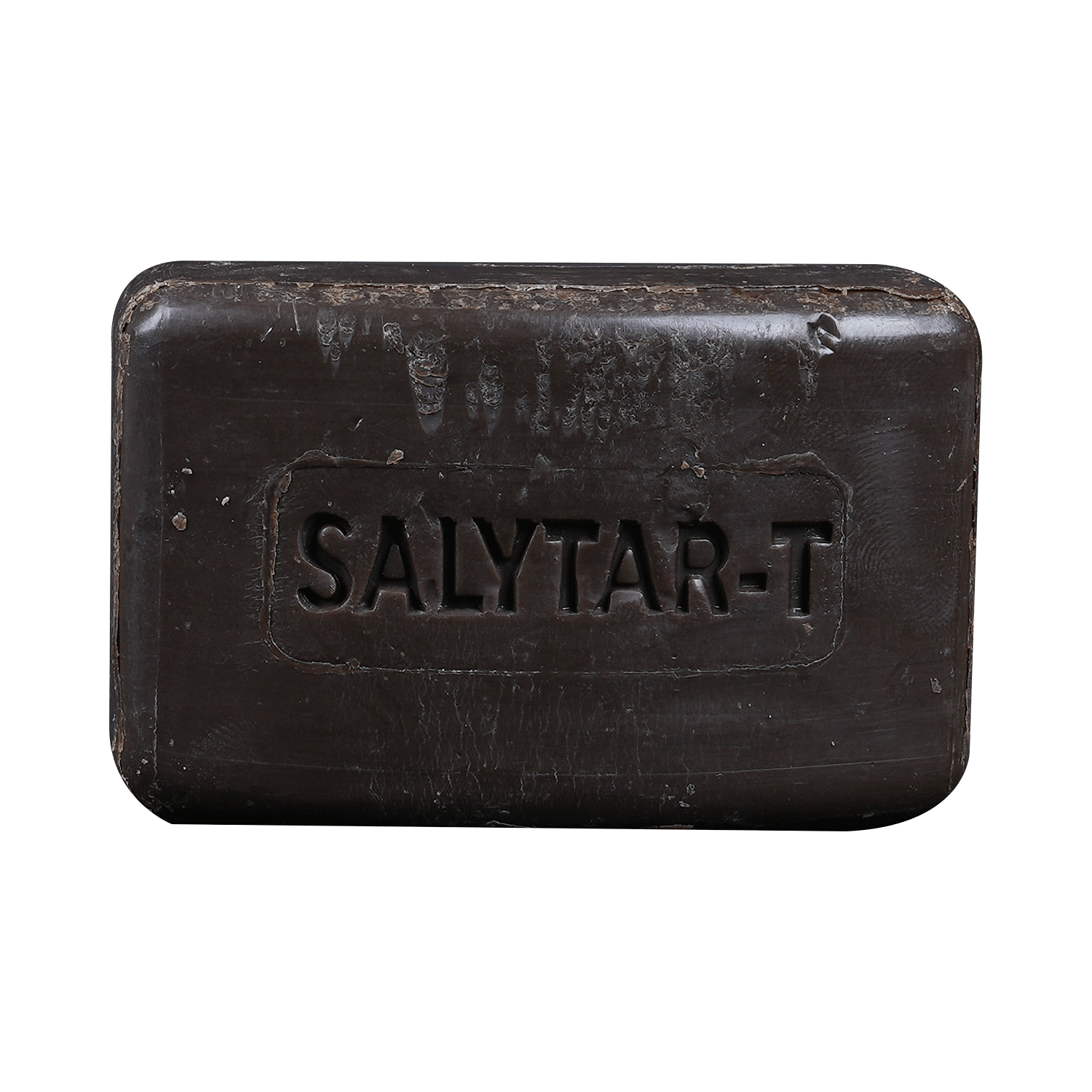
Salytar T Soap
Manufacturer
Lupin Ltd
Key Information
Short Description
Salytar T Soap is a skincare product containing coal tar as its active ingredient, used to treat various skin conditions such as psoriasis, seborrhea, and ichthyosis.
Dosage Form
Soap
Introduction
Salytar T Soap is a skincare product that contains coal tar as its active ingredient. It is primarily used for the treatment of various skin conditions such as psoriasis, seborrhea, and ichthyosis. Coal tar is known for its moisturizing, anti-inflammatory, antimicrobial, and keratolytic properties.
Directions for Use
Rub gently to produce a rich lather, leave it for 5 minutes and then wash thoroughly with water or as directed by a skincare expert
How it works
Coal tar, the active ingredient in Salytar T Soap, has moisturizing, anti-inflammatory, antimicrobial, and keratolytic properties that help to soothe and moisturize the skin, reduce inflammation, and inhibit the growth of microorganisms on the skin's surface.
Quick Tips
Use a moisturizer that is suitable for your skin type to help keep your skin hydrated and prevent dryness.
Related Medicines
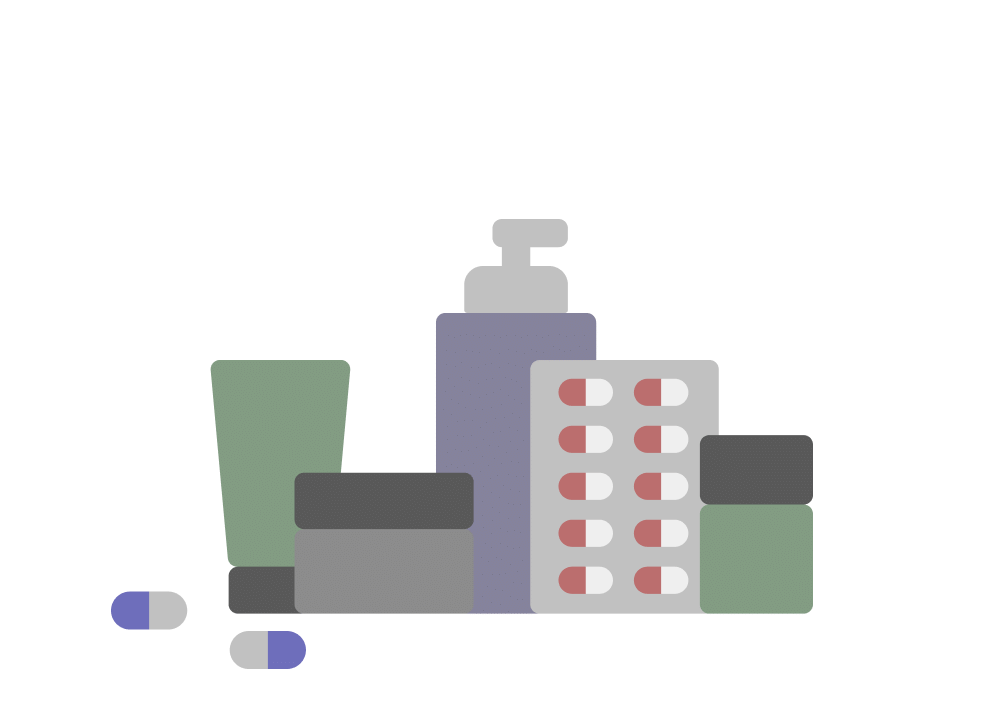
Himalaya Purifying Neem Face Wash (Free Himalaya Neem Scrub )

Naturolax-A Tasty Orange Flavour Powder
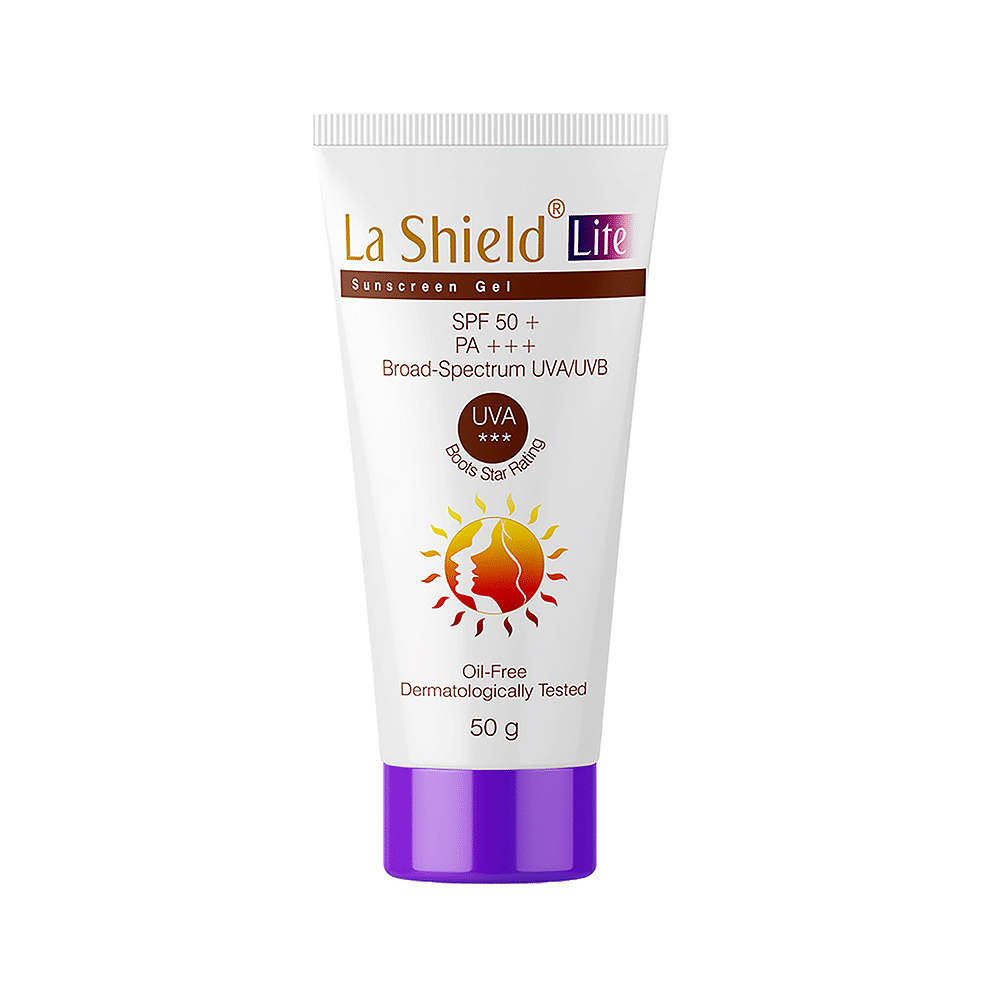
La Shield Lite Sunscreen Gel SPF 50+ PA+++ | For UVA/UVB Protection | Oil-Free
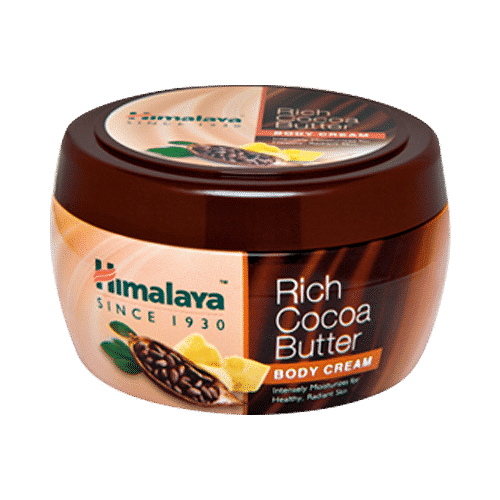
Himalaya Rich Cocoa Butter Body Cream
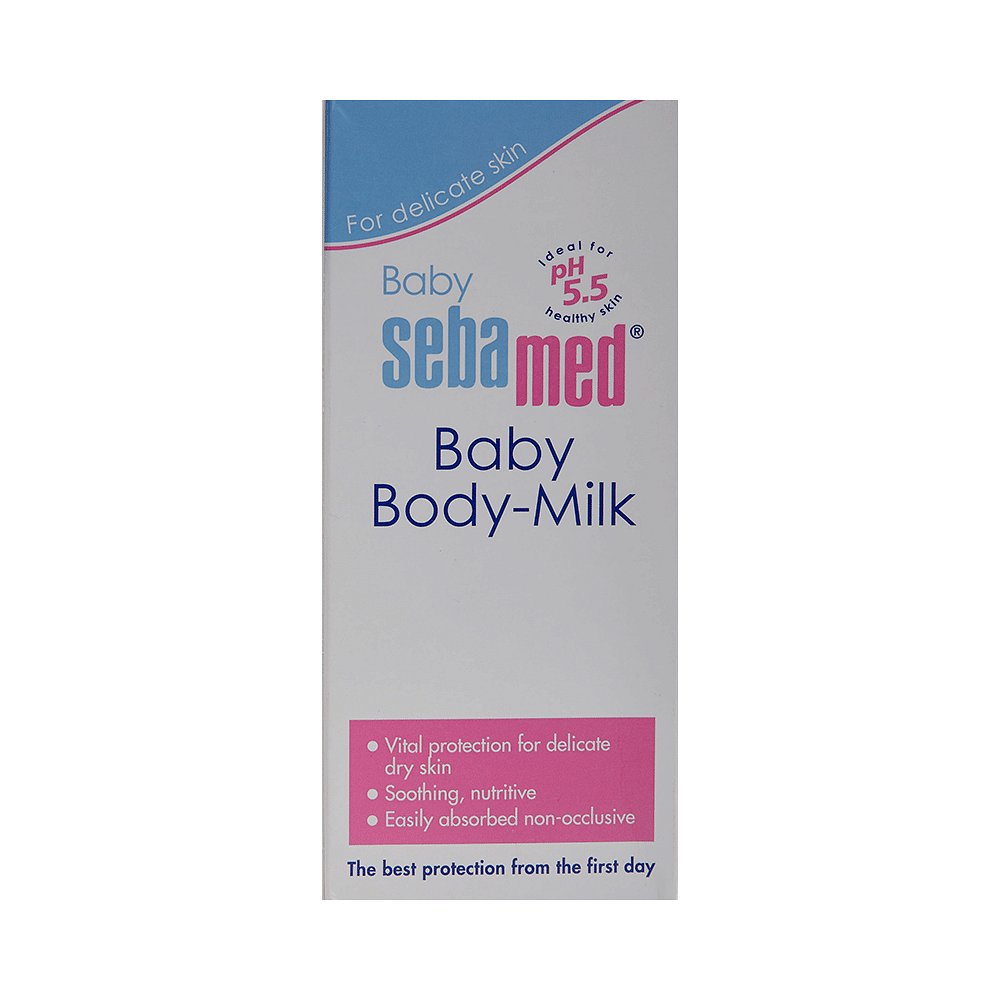
Sebamed Baby Body Milk Lotion with Panthenol | pH 5.5
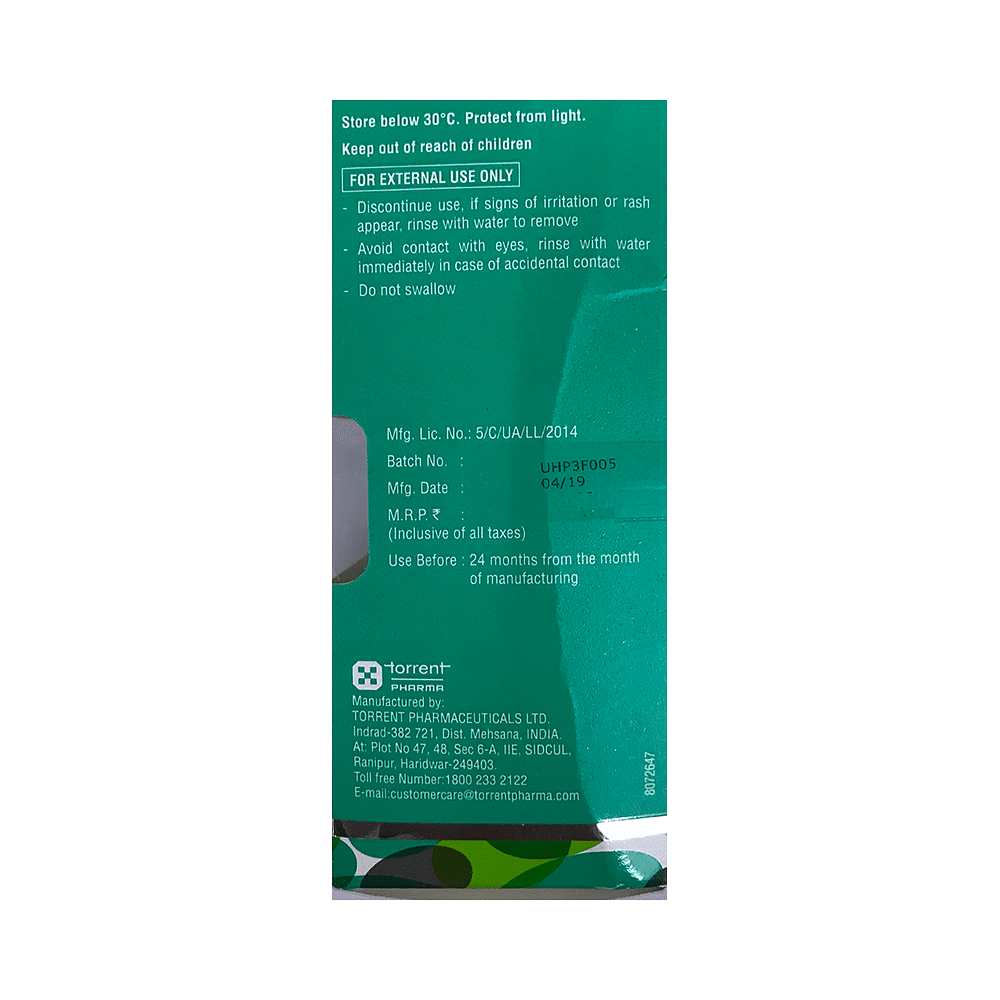
Ahaglow Acne Control Moisturizing Gel
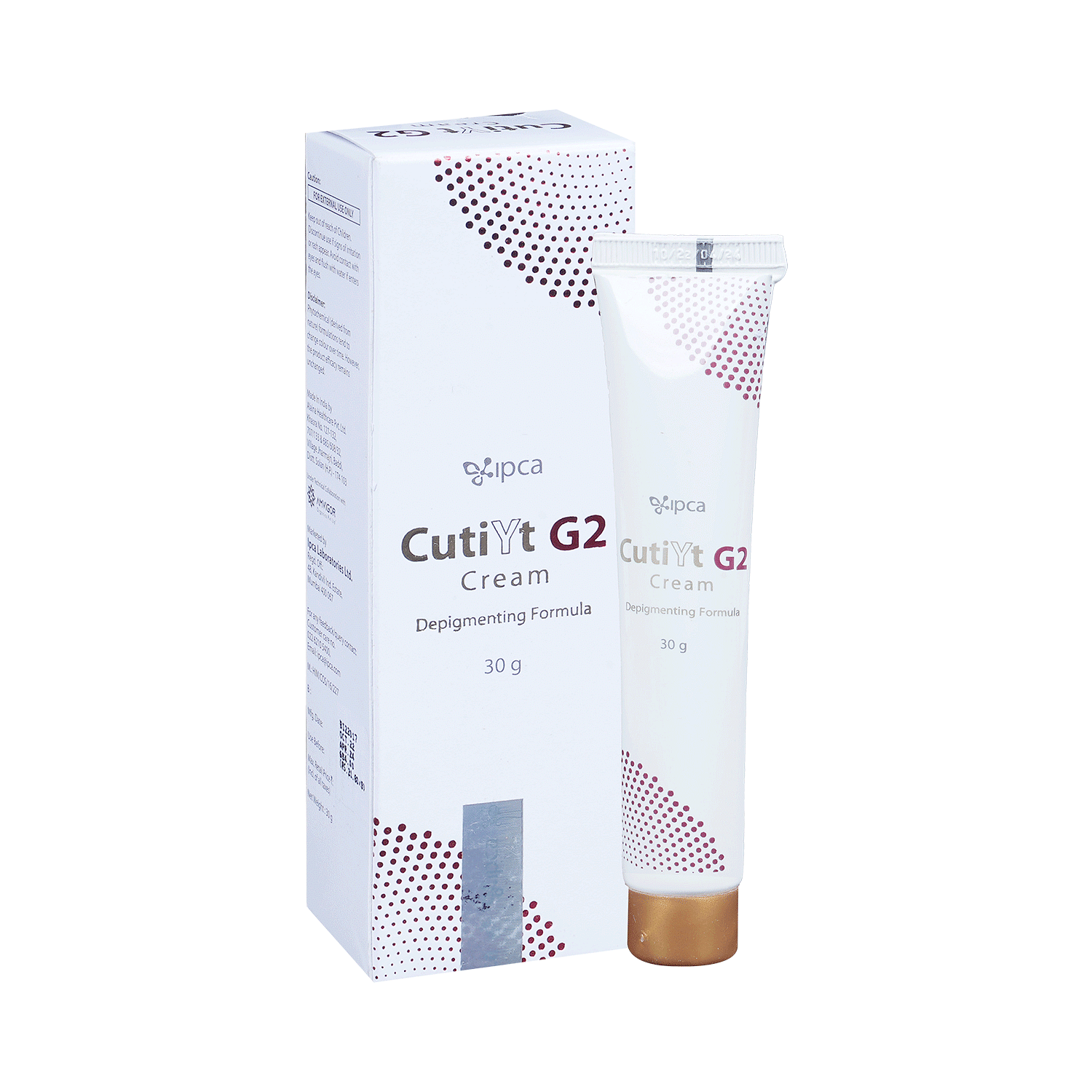
Cutiyt G2 Depigmenting Cream

Melapik-HQ Cream

Veet Hair Removal Cream For Men Sensitive Skin
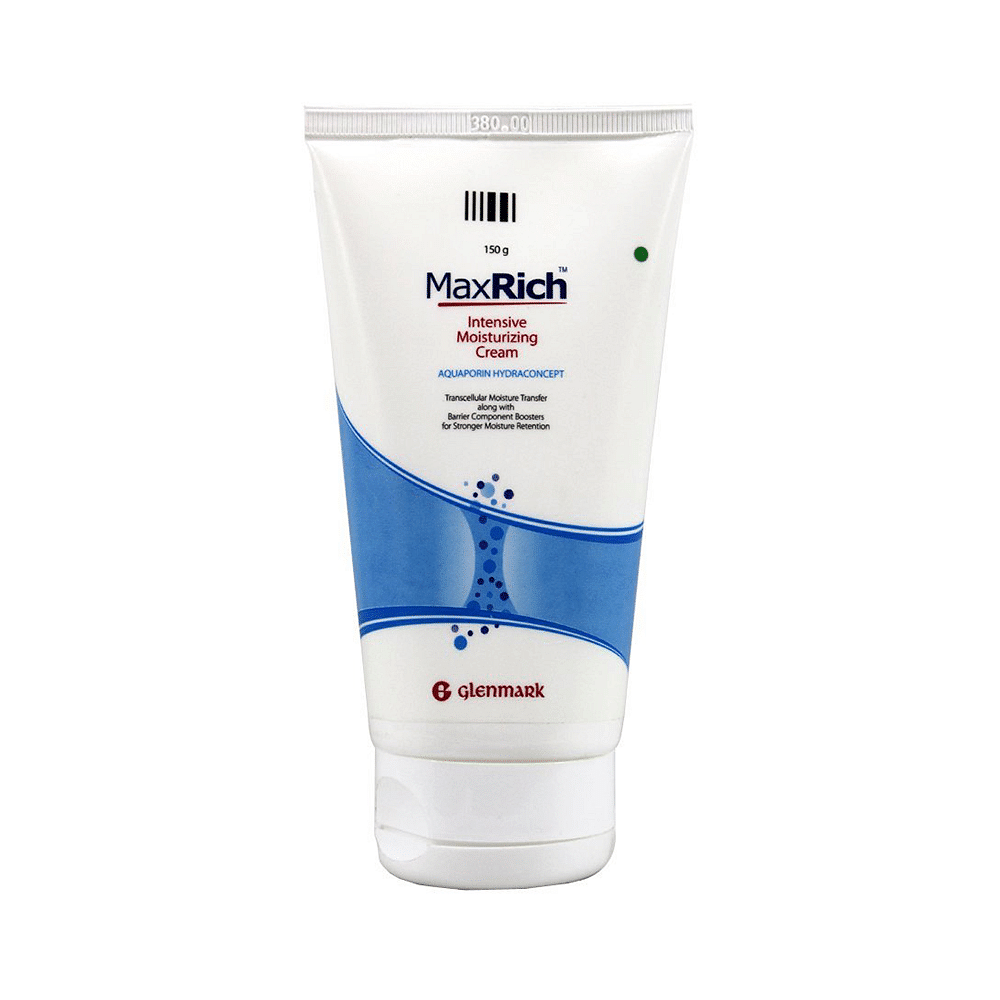
Maxrich Cream
Frequently asked questions
What are the symptoms of a skin fungal infection?
Symptoms of a skin fungal infection can vary depending on the specific type of infection, but common symptoms include itching, redness, rash, scaling or flaking skin, and sometimes blisters or sores. The affected area may also be painful or tender.
What causes skin fungal infections?
Skin fungal infections are caused by various types of fungi, including dermatophytes, yeasts, and moulds. These fungi thrive in warm, moist environments and can be spread through direct contact with an infected person or animal, contaminated objects, or by coming into contact with fungal spores in the environment.


